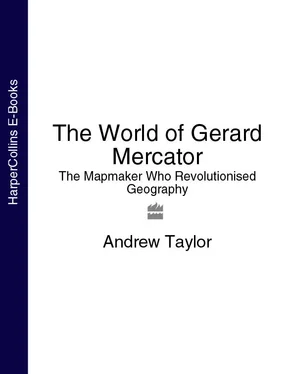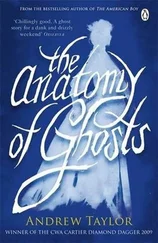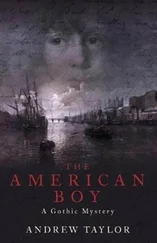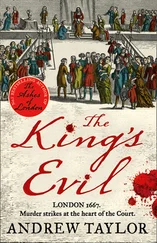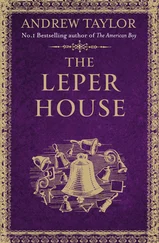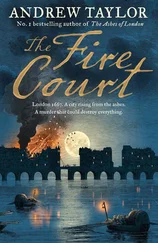There are few reliable contemporary descriptions of Mercator, few clues to the personality of the scholar who did more than anyone in the last two thousand years to turn mapmaking into a precise science. Moreover, many of his letters are lost. A number of the letters that do survive are appeals to dukes and princes of the German city-states, to dignitaries of the Catholic Church, even to the Holy Roman Emperor Charles V himself for support and sponsorship, for Mercator well understood the advantages of influential backing. Throughout his life, he was a driven man: Long hours at his desk as a student gave way to long hours at his workbench as he built the business that was to make his fortune, and the habit of study never left him. In the infirm years before his death, he would urge his children to carry him, chair and all, to his books.
Fear is an overpowering emotion in those of his letters that do survive – fear of death and damnation, fear of not completing the work he had begun, fear of failure. Orphaned at an early age, sent off to the harsh rigors of a monastic school, he knew little of maternal love or family stability, and his difficult childhood left him cautious and circumspect. In his business life, he was assiduous in appealing for official copyright protection for his maps and globes, and the careful investment of his profits in property and forestland showed his awareness of the importance of security.
He was also aware, as he had to be, of the value of silence. In the religious conflicts of his time, his principles were those of a reformer, but his arrest and imprisonment at the hands of the Inquisition clearly reinforced his instinct for caution. Even after he moved from Leuven to the more relaxed environment of Duisburg, in Germany, he avoided any involvement in religious argument. Rather than the perils of theological disputation, he enjoyed his reputation in the town as a good host and dinner guest. The handful of contemporary accounts speak of him as a witty and entertaining conversationalist, and gifts of food and wine from the city authorities suggest a man who was known to enjoy good company and a well-stocked table.
But more than anything else, he was a scholar. Though he never traveled beyond the well-known towns of northern Europe, never, so far as we know, even boarded a ship, his work, together with that of sea captains and explorers, allowed people of the sixteenth century and the generations who followed them accurately to imagine the world beyond the horizon.
He created his projection almost in passing and showed few signs of appreciating the importance of what he had done – and yet it has defined the shape of the world in the modern age. There is no doubt that it produced a distorted image, as any flat map of the spherical world must. As a result, Mercator himself has often been accused in the last few years of racism, because his projection makes the continent of Africa seem smaller than it really is, or of imperialism, because it appears to exaggerate the size and importance of Europe – accusations that a scholar of the sixteenth century would not even have understood. The challenge of spreading the globe out flat on a desk, of presenting the known world in a way that could readily be seen and comprehended, was one with which philosophers, travelers, and geographers had been struggling for thousands of years. By Mercator’s day, the time was ripe for a solution.
Chapter One Pushing Back Shadows
MERCATOR WAS BORN barely twenty years after Christopher Columbus first crossed the Atlantic. Yet even though the fifteenth and sixteenth centuries are considered the great age of discoveries, an astonishing amount was known, or at least rumored, about North, South, East, and West before any of the memorable voyages of exploration ever left port.
Nearly two thousand years earlier, the Greek historian Herodotus was told of Phoenician sailors who claimed to have sailed around the southern tip of Africa. *A hundred years or so after his death, during the fourth century BC, another Greek explorer, Pytheas of Massilia, sailed into the far northern seas, to a country he called Thule, where he said the Sun went to sleep. †Still farther north, he said, land, sea, and air coalesced into a mixture on which people could neither walk nor sail. Ancient Norse sagas spoke of journeys to “a new land, extremely fertile and even having vines” that lay far to the west, beyond the setting Sun. 1Claudius Ptolemy, the Alexandrian librarian and scholar of the first century AD, had heard about the island of Taprobane, or modern Sri Lanka. 2
Commercial ambition drove travelers on over new horizons. From as early as 500 BC, trading caravans from China made their way along a variety of routes through central Asia, bringing bales of fine silk to be bartered for Persian warhorses or Arabian spices, frankincense, and myrrh. Lines of heavily laden camels followed secret and well-guarded tracks through the deserts of Arabia, carrying gold, ivory, rare woods, and the spices of Yemen to the trading centers of the Mediterranean. Elsewhere, Phoenician ships journeyed beyond the Pillars of Hercules at the mouth of the Mediterranean to the very edges of the known world, bringing back tin from the Scilly Isles off the southwest coast of Britain. The prophet Ezekiel described the goods carried by the Phoenician traders, and the towns to which they traveled. “Tarshish was thy merchant, by reason of the multitude of all kind of riches, with silver, iron, tin, and lead, they traded in thy fairs. Javan, Tubal, and Meshech, they were thy merchants: they traded the persons of men and vessels of brass in thy market. They of the house of Togarmah traded in thy fairs with horses and horsemen and mules.” 3
The Phoenician capital Tyre, on the coast of what is now Lebanon, had trading links that extended through the entire eastern Mediterranean and far beyond. The places Ezekiel named in these verses as the Phoenicians’ trading partners in the sixth century BC were in central Asia, southern Arabia, Armenia, and the coast of Spain, and his list of the merchandise – slaves, animals, manufactures, luxuries, and other goods – that appeared in their marketplaces lasted for more than twenty biblical verses. Travel and its commercial benefits were common enough; from the earliest times, explorers and adventurers had returned with exotic cargoes, but the stories they brought back were confused and unreliable. The island of Taprobane that Ptolemy described was said to dwarf the Indian peninsula that lay to its north, while the great medieval map of the world, dating from the late thirteenth century and still on display at Hereford in England, shows two distinct Niles, one running into the eastern Mediterranean, the other snaking across almost the whole width of the African continent. The accounts of the early adventurers were neither more nor less believable than the grotesque creatures with which ancient Greek and Roman authors loved to people the unknown places. There was no agreed view of the world; anything was possible. Travelers had no reliable or accurate way to record what they had found, to set it out for people to see. To become part of a shared image of the world, their stories had to be written down, described, and mapped.
Today, the oldest so-called maps look like little more than a few carved scratches, their meaning lost with the civilizations that created them. About four thousand years ago, craftsmen near the present-day village of Bedolina, some ten thousand feet high in the Italian Alps, set about carving the rock with rough bronze or iron tools. They drew pictures of animals, daggers, and suns, much as their cavemen ancestors elsewhere in Europe had done ten thousand years earlier. But the artists of Bedolina also produced one of the first known maps. The Mappa di Bedolina is approximately four yards wide and six yards high, an ambitious patchwork of carved lines and symbols, with a series of crudely drawn rectangles, most of them filled with carefully spaced dots and linked with snaking irregular lines. They seem to represent fields with paths, rivers, or irrigation canals running between them – a graphic illustration of a cultivated landscape in the Valley of Valcamonica below. Their carvings could have had some religious or magical purpose, but after four millennia, we can only guess at what it might have been. Armed figures, huts, and shapes like ladders were added to the map hundreds of years afterward, maybe adapting it for new mystical or ceremonial rites in a mixture of religious faith and straightforward observation that was to characterize mapmaking through the ages.
Читать дальше
